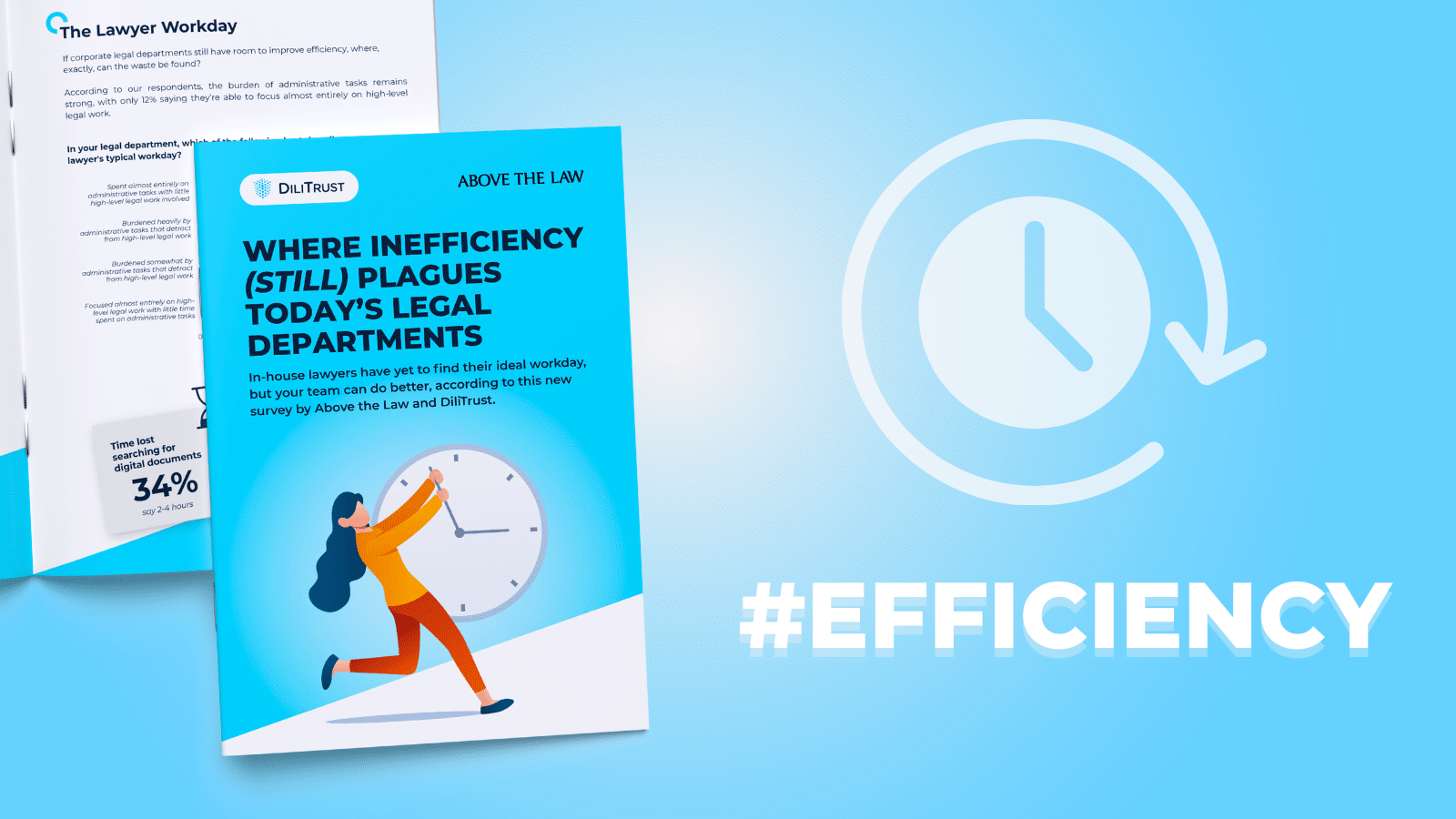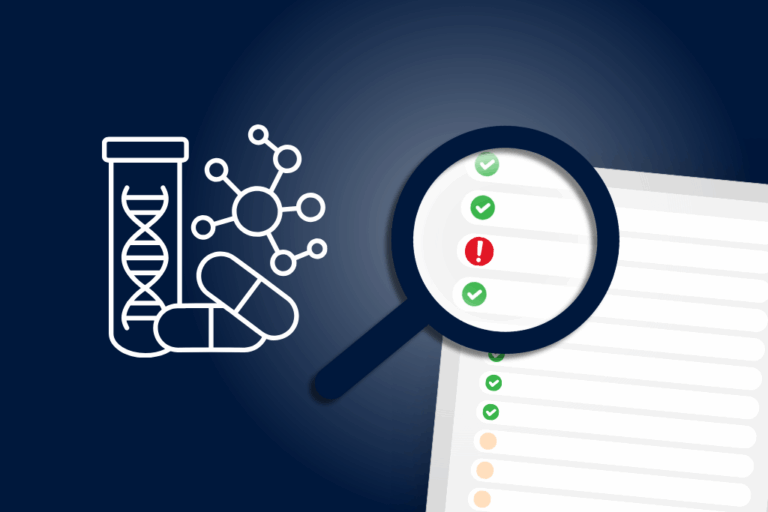Introduction
Governance process standardization is more than an operational upgrade. It strengthens oversight, improves decision making and reduces organizational risk. When supported by reliable structures such as legal entity management practices, board management tools or robust contract management solutions, governance stops being reactive and becomes consistently strategic.
But how do you know whether your governance standardization efforts are actually delivering results and not just introducing new layers of process for the sake of structure. Below are the key indicators that demonstrate your governance framework is functioning as intended.
1. Information flows predictably across the organization
When governance processes mature, information no longer depends on individual habits or ad hoc document sharing. For instance, with a centralized board management tool, all the necessary material is in one place and accessible to all. When it comes to contracts, documents must be properly stored and processes move through structured workflows. Validation workflows are a great example of a strong CLM strategy, among others. The key here, is that people must always know where exactly things are, where they stand in a process, and available when they need it.
2. Board members consistently arrive prepared
There is nothing more frustrating for a board member than to arrive into the meeting with outdated documents or unprepared. If your governance standardization process is strong, documentation reaches all the board and in a timely manner. This means updated versions are distributed without confusion and directors engage with the right materials before meetings. This indicates that your board management strategy works and your internal workflows are truly supporting governance readiness.
3. Legal entity data is complete, current and accessible
Sometimes entity management gets overlooked or simply treated as a part of governance that does not get the same level of prioritization. If entity documentation and information are structured by region, have clear owners, and are visible to everyone, you can consider this part of your governance standardization process successful. Teams avoid contradictory records and repeated manual searches. Quick access to accurate data is one of the clearest signs that your governance foundation is strong.
4. Contract reviews follow a predictable and efficient lifecycle
CLM standardization creates transparency across the contract journey. Fewer delays, fewer versioning issues and fewer unclear approval steps signal that your framework is reducing administrative friction. When teams from legal, procurement and the business follow consistent processes, the organization benefits from both speed and control. This is a strong sign of proper process standardization, especially for large organizations dealing with a lot of stakeholders and big volumes of contracts.
5. Reporting is faster and more reliable
The reality is, good governance produces clean data. Standardized processes reduce inconsistencies, making audit, compliance and regulatory reporting significantly easier. When gathering documentation involves dozens of stakeholders, thousands of verifications and leads to delays or inaccurate reporting, then there is something missing into your governance standardization processes. The ability to produce structured reports without lengthy manual intervention demonstrates that your governance systems are aligned and functioning.
6. Teams reduce duplicated work
A shared governance framework eliminates the need to recreate information already available in a central structure. ACC research shows that organizations with well standardized processes experience fewer operational inefficiencies because information sits in a single source of truth.
7. Risks are identified earlier
Standardized governance keeps everyone looking at the same information which means issues stop hiding in the shadows. One thing is for sure, organizations with structured processes spot compliance and operational risks sooner because visibility improves and responsibilities are clearer. When risks stop surprising you it is a sign that your governance maturity is leveling up.
8. Approvals are traceable and consistent
Whether for contracts, board decisions or entity updates, a defined workflow ensures approvals move in the right sequence without delays or gaps. When teams no longer question where a document stands or whose sign off is missing, the process is functioning as intended.
9. Cross functional collaboration improves
Shared systems and unified rules bring transparency that teams can actually use. When everyone works with the same information under the same procedures, silos disappear and conversations get more productive. It is particularly important for legal teams, since they usually work with a wide variety of teams and departments. Seamless collaboration across stakeholders is a reliable signal that governance standardization is yielding results.
10. Audits become smoother
A strong governance structure means complete audit trails, organized documentation and clear roles. Instead of last minute document hunting, internal and external audits proceed with efficiency. This shift from reactive preparation to predictable control is the living proof of a strong and effective governance process standardization.
Next steps for governance standardization
Governance process standardization ultimately strengthens organizational trust. When legal entity management, board portal practices, and CLM workflows operate within a unified framework, the organization achieves clarity, consistency, and long-term resilience.
Learn more about DiliTrust



